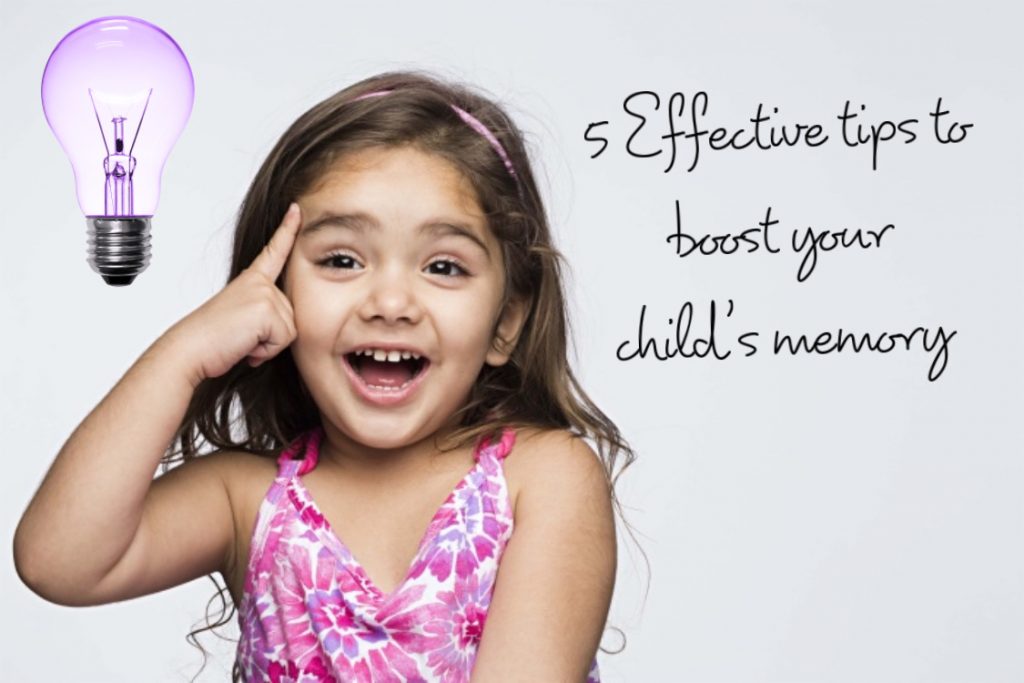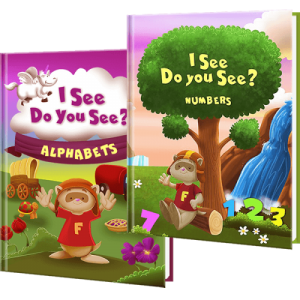
As time goes on and as people age, certain things may become more difficult. Retaining information and remembering certain things can become increasingly challenging, and as a result memory games are making a comeback among adults of all ages in hopes of boosting their memory skills and their overall brain functionality. It is never too early to promote a healthy brain, and there are plenty of ways parents can help boost their child’s memory. Whether you are helping a child who struggles with retaining information or is studying for a big test, or even if you are simply looking for fun, interactive games your children can play that will also boost their brain power, then here are some ways you can help hone your child’s memory.
After reading a book, going on a trip, or even after a long day at school, ask your child to draw some pictures about what they did that day or what happened. Visualization is a great memory tool, not only for improving your child’s overall ability to remember details and keep them fresh in their mind, but it also helps with understanding abstract concepts and communicating abstract ideas.
Visual Memory Games
Speaking of visualization, visual memory games can help to significantly boost this area of your child’s brain. There are plenty of games like this on the market whether they are video games, apps, or physical board games. You can also make up your own games as well – ask your child to circle every instance of the word “the” in a magazine or play “I Spy” with the letters in license plates that drive past you on your next outing.
The Student Becomes the Teacher
If your child is struggling with a particular subject in school, ask them to teach you about it. This may be difficult at first, but they can start out by telling what they know before delving into what gives them pause. From there, as kids begin to explain the subject matter, they may develop a different understanding of it. By switching their point of view, kids can learn how approaching subjects from different angles can not only help broaden their understanding, but it can help them find out which methods help them learn best. Plus, kids will have to call upon their memory in order to teach you, whether they are teaching you about their homework or about the rules to a game they enjoy. Outside of schoolwork, this exercise can be applied to fun things and whatever interests your child has.
Playing Cards
Card games rely on memory a great deal, whether you are playing Uno, Go Fish or War. This can be a more indirect approach to building memory skills, plus these classic games can be played anywhere. Your child will have to keep the rules of the game in mind while also actively remembering what cards they have as well as which one’s other people have played.
Active Reading
Active reading can mean anything from taking notes and highlighting sections to asking questions and reenacting scenes from the last chapter. Adding additional activities to reading can not only make reading more fun and engaging, but it can help kids make connections and better remember the events of the story.





